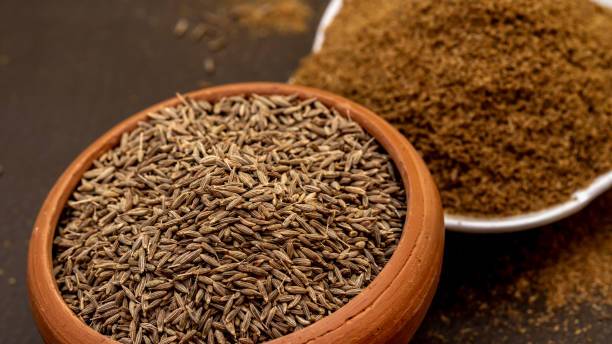
India accounts for more than 70% of world output and commerce. Jeera prices have reached unprecedented highs as a result of a number of issues that have harmed the crop.
According to a Kedia Advisory study, one of the causes for the price increase is the poor weather conditions that have lingered in the key jeera-growing states of Gujarat and Rajasthan since early March.
The extended dry spell, followed by unseasonal rainfall and hailstorms, has harmed the crop at various phases of growth and development, resulting in reduced yields and poor quality, according to the report.
According to market sources, the overall size of the domestic jeera crop, which was predicted at the start of the season to be 70 lakh bags (3.85 lakh quintal), is now expected to be only approximately 50 lakh bags (or 2.75 lakh quintal).
This represents a considerable decrease from previous year's output of 88 lakh bags. (4.84 lakh quintal). Lower production has also had an impact on the entry of jeera in physical markets. Jeera arrivals typically peak in April, but this year they have been quite low, declining by more than 50% compared to the same month last year. Due to the scarcity of jeera, both local and export purchasers are willing to pay higher prices to protect their inventories, according to the report.
In the short term, the forecast for jeera pricing remains favorable, as the demand-supply gap is expected to widen further. Domestic consumption of jeera is predicted to rise during the forthcoming festive season, while export demand from China, Bangladesh, Sri Lanka, and the Middle East is also expected to rise.
Furthermore, the global supply of jeera is limited, as crop losses have occurred in other important suppliers such as Syria and Turkey owing to political upheaval and weather concerns. According to the research, jeera prices may continue to grow until the next crop comes in February-March of next year.
















